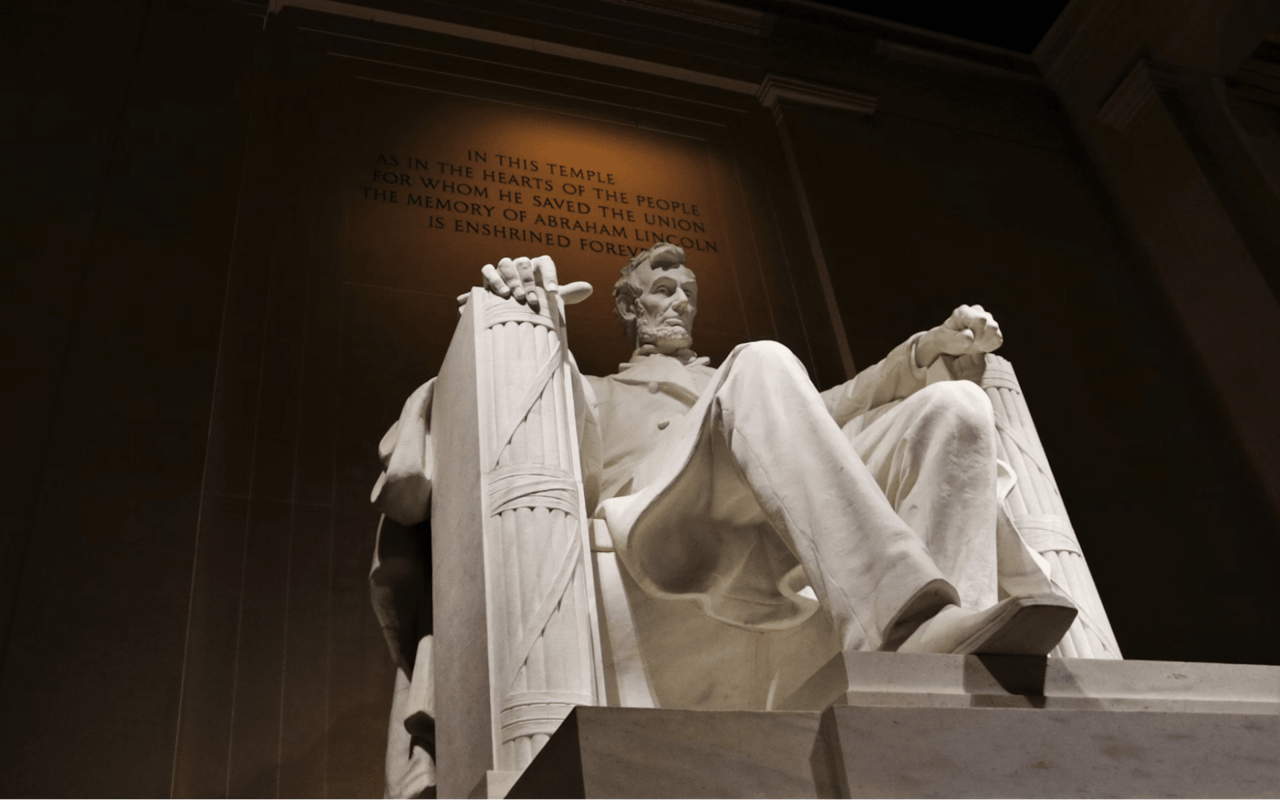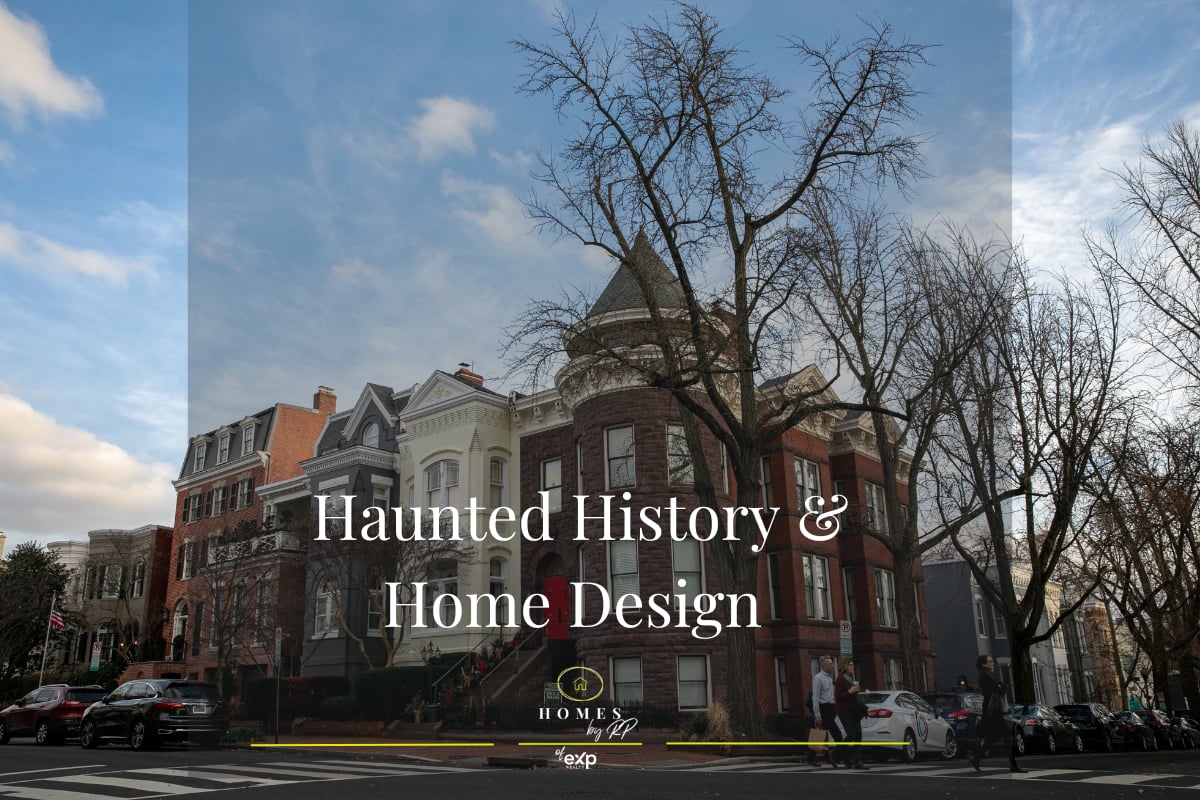Washington, DC, is a city renowned for its rich history, political significance, and, notably, its diverse and iconic architecture. The architectural landmarks of the nation's capital offer a unique glimpse into the evolution of American design, blending neoclassical, gothic, and modern styles that reflect the city’s status as a hub of power and culture. This article explores some of the most significant architectural landmarks in Washington, DC, showcasing the structures that contribute to its distinct urban fabric.
The White House
The White House is perhaps the most recognizable building in Washington, DC, and one of the most famous residences in the world. Designed by Irish-born architect James Hoban and completed in 1800, the White House is an exemplary model of neoclassical architecture, a style characterized by its grand columns, symmetrical shape, and detailed ornamentation. The building has undergone several renovations and expansions since its completion, but its core architectural elements remain intact, symbolizing the enduring nature of the American presidency.
The White House serves not only as the home of the U.S. president but also as a workplace and a symbol of the nation's government. The building’s north portico is an iconic image, often featured in global media, and its interiors are adorned with significant art and historical artifacts, making it a living museum of American history.
The White House serves not only as the home of the U.S. president but also as a workplace and a symbol of the nation's government. The building’s north portico is an iconic image, often featured in global media, and its interiors are adorned with significant art and historical artifacts, making it a living museum of American history.
The Capitol Building
Another architectural marvel in Washington, DC, is the United States Capitol Building. Designed by William Thornton, this structure is a paragon of neoclassical architecture, with its massive dome, stately columns, and expansive steps leading up to the entrance. Construction of the Capitol began in 1793, and over the years, it has seen several expansions and renovations, most notably the addition of the dome in the 1860s.
The Capitol Building is more than just a legislative hall; it is a powerful symbol of American democracy. Its grand architecture reflects the ideals of governance and the solemn responsibility of those who work within its walls. The Rotunda, located beneath the dome, features frescoes and statues that depict significant moments in American history, making it a site of immense cultural and historical importance.
The Capitol Building is more than just a legislative hall; it is a powerful symbol of American democracy. Its grand architecture reflects the ideals of governance and the solemn responsibility of those who work within its walls. The Rotunda, located beneath the dome, features frescoes and statues that depict significant moments in American history, making it a site of immense cultural and historical importance.
The Washington National Cathedral
The Washington National Cathedral stands as one of the finest examples of Gothic Revival architecture in the United States. Officially named the Cathedral Church of Saint Peter and Saint Paul, this majestic structure was designed by George Frederick Bodley and Philip Hubert Frohman and took 83 years to complete, from 1907 to 1990.
The cathedral’s design draws heavily on the architectural styles of medieval European cathedrals, with its pointed arches, ribbed vaults, and flying buttresses. The intricate stone carvings, including the famous Darth Vader grotesque, add to its unique character. The Washington National Cathedral is not only a place of worship but also a cultural landmark, hosting national events, memorials, and performances that draw visitors from around the world.
The cathedral’s design draws heavily on the architectural styles of medieval European cathedrals, with its pointed arches, ribbed vaults, and flying buttresses. The intricate stone carvings, including the famous Darth Vader grotesque, add to its unique character. The Washington National Cathedral is not only a place of worship but also a cultural landmark, hosting national events, memorials, and performances that draw visitors from around the world.
The Lincoln Memorial
The Lincoln Memorial, situated on the western end of the National Mall, is one of Washington, DC's most visited landmarks. Designed by architect Henry Bacon and dedicated in 1922, the memorial honors the 16th president of the United States, Abraham Lincoln. The structure is modeled after the Parthenon in Athens, reflecting the neoclassical style that symbolizes democracy and governance.
The memorial's most striking feature is the colossal seated statue of Abraham Lincoln, sculpted by Daniel Chester French. The interior of the memorial also includes inscriptions of Lincoln’s most famous speeches, including the Gettysburg Address, etched into the walls. The Lincoln Memorial serves as a site of reflection and a stage for significant moments in civil rights history, such as Martin Luther King Jr.'s "I Have a Dream" speech in 1963.
The memorial's most striking feature is the colossal seated statue of Abraham Lincoln, sculpted by Daniel Chester French. The interior of the memorial also includes inscriptions of Lincoln’s most famous speeches, including the Gettysburg Address, etched into the walls. The Lincoln Memorial serves as a site of reflection and a stage for significant moments in civil rights history, such as Martin Luther King Jr.'s "I Have a Dream" speech in 1963.
The Smithsonian Castle
The Smithsonian Institution Building, commonly referred to as the Smithsonian Castle, is a striking architectural landmark on the National Mall. Designed by James Renwick Jr. and completed in 1855, the building is an eclectic mix of Gothic and Romanesque styles, featuring crenellated towers, arched windows, and a red sandstone façade.
The Castle serves as the administrative headquarters for the Smithsonian Institution and houses a visitor center that provides an overview of the museums and research facilities that make up the Smithsonian complex. Its unique architecture stands out among the other more classical structures on the National Mall, making it a beloved and distinctive feature of Washington, DC's architectural landscape.
The Castle serves as the administrative headquarters for the Smithsonian Institution and houses a visitor center that provides an overview of the museums and research facilities that make up the Smithsonian complex. Its unique architecture stands out among the other more classical structures on the National Mall, making it a beloved and distinctive feature of Washington, DC's architectural landscape.
The Jefferson Memorial
The Jefferson Memorial, dedicated to the third president of the United States, Thomas Jefferson, is another prominent example of neoclassical architecture in Washington, DC. Designed by John Russell Pope and completed in 1943, the memorial features a circular colonnade, a dome, and a portico that echoes the style of the Roman Pantheon.
Inside, a bronze statue of Jefferson stands surrounded by inscriptions of his writings, emphasizing his contributions to American ideals of liberty and democracy. The memorial's location on the Tidal Basin, surrounded by cherry blossom trees, makes it a picturesque spot that is especially popular during the annual National Cherry Blossom Festival.
Inside, a bronze statue of Jefferson stands surrounded by inscriptions of his writings, emphasizing his contributions to American ideals of liberty and democracy. The memorial's location on the Tidal Basin, surrounded by cherry blossom trees, makes it a picturesque spot that is especially popular during the annual National Cherry Blossom Festival.
The Library of Congress
The Library of Congress, particularly its Thomas Jefferson Building, is a testament to the grandeur of Beaux-Arts architecture in Washington, DC. Completed in 1897, the building was designed by Paul J. Pelz and John L. Smithmeyer, featuring a richly decorated interior with murals, mosaics, and sculptures that celebrate knowledge, art, and literature.
The exterior of the Jefferson Building is equally impressive, with its domed roof, classical columns, and statues that adorn the façade. The Library of Congress is the largest library in the world, and its architectural splendor reflects the importance of knowledge and culture in the nation's capital.
The exterior of the Jefferson Building is equally impressive, with its domed roof, classical columns, and statues that adorn the façade. The Library of Congress is the largest library in the world, and its architectural splendor reflects the importance of knowledge and culture in the nation's capital.
The Supreme Court Building
The Supreme Court Building, designed by Cass Gilbert and completed in 1935, is another significant architectural landmark in Washington, DC. The building’s design is neoclassical, characterized by its grand stairway, Corinthian columns, and a façade inscribed with the phrase "Equal Justice Under Law."
The Supreme Court Building is the highest court in the United States, and its architecture reflects the dignity and authority of the judicial branch. The interior features marble corridors, a grand courtroom, and intricate carvings that symbolize the law and its role in American society.
The Supreme Court Building is the highest court in the United States, and its architecture reflects the dignity and authority of the judicial branch. The interior features marble corridors, a grand courtroom, and intricate carvings that symbolize the law and its role in American society.
Explore Washington, DC’s Architectural Gems with Richard Pearrell
Washington, DC's architectural landmarks are not just buildings; they are symbols of the nation's history, ideals, and cultural achievements. From the neoclassical grandeur of the Capitol Building and the White House to the Gothic Revival elegance of the Washington National Cathedral, each structure tells a story that contributes to the rich tapestry of American architecture. These landmarks offer a unique opportunity to explore the intersection of art, history, and politics, making Washington, DC, a city like no other.
Ready to find your home amidst Washington, DC's iconic architecture? Whether you're drawn to the grandeur of neoclassical design or the charm of Gothic Revival, Richard Pearrell is here to guide you through the vibrant real estate market of the nation's capital. Discover properties that reflect the city's rich history and architectural beauty. Contact Richard today to explore your options and find a home that not only meets your needs but also resonates with the timeless elegance of Washington, DC. Your dream home is just a call away.
Ready to find your home amidst Washington, DC's iconic architecture? Whether you're drawn to the grandeur of neoclassical design or the charm of Gothic Revival, Richard Pearrell is here to guide you through the vibrant real estate market of the nation's capital. Discover properties that reflect the city's rich history and architectural beauty. Contact Richard today to explore your options and find a home that not only meets your needs but also resonates with the timeless elegance of Washington, DC. Your dream home is just a call away.




